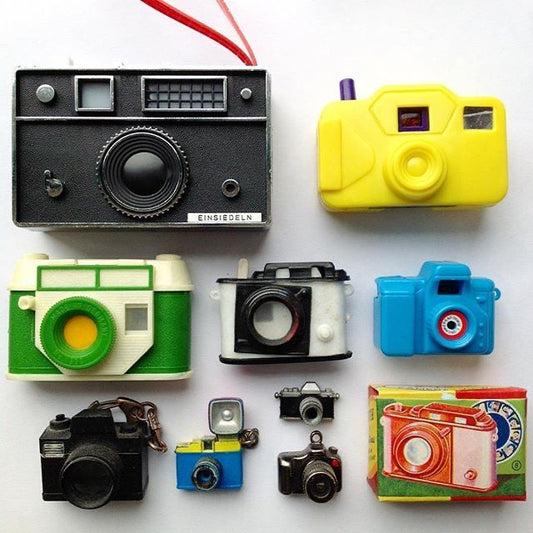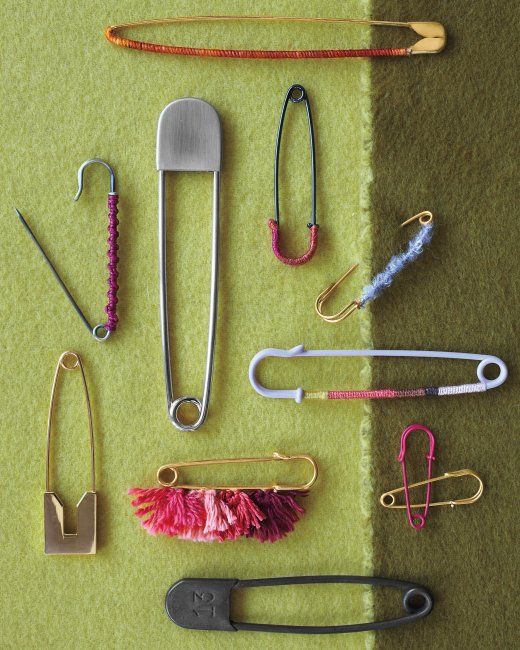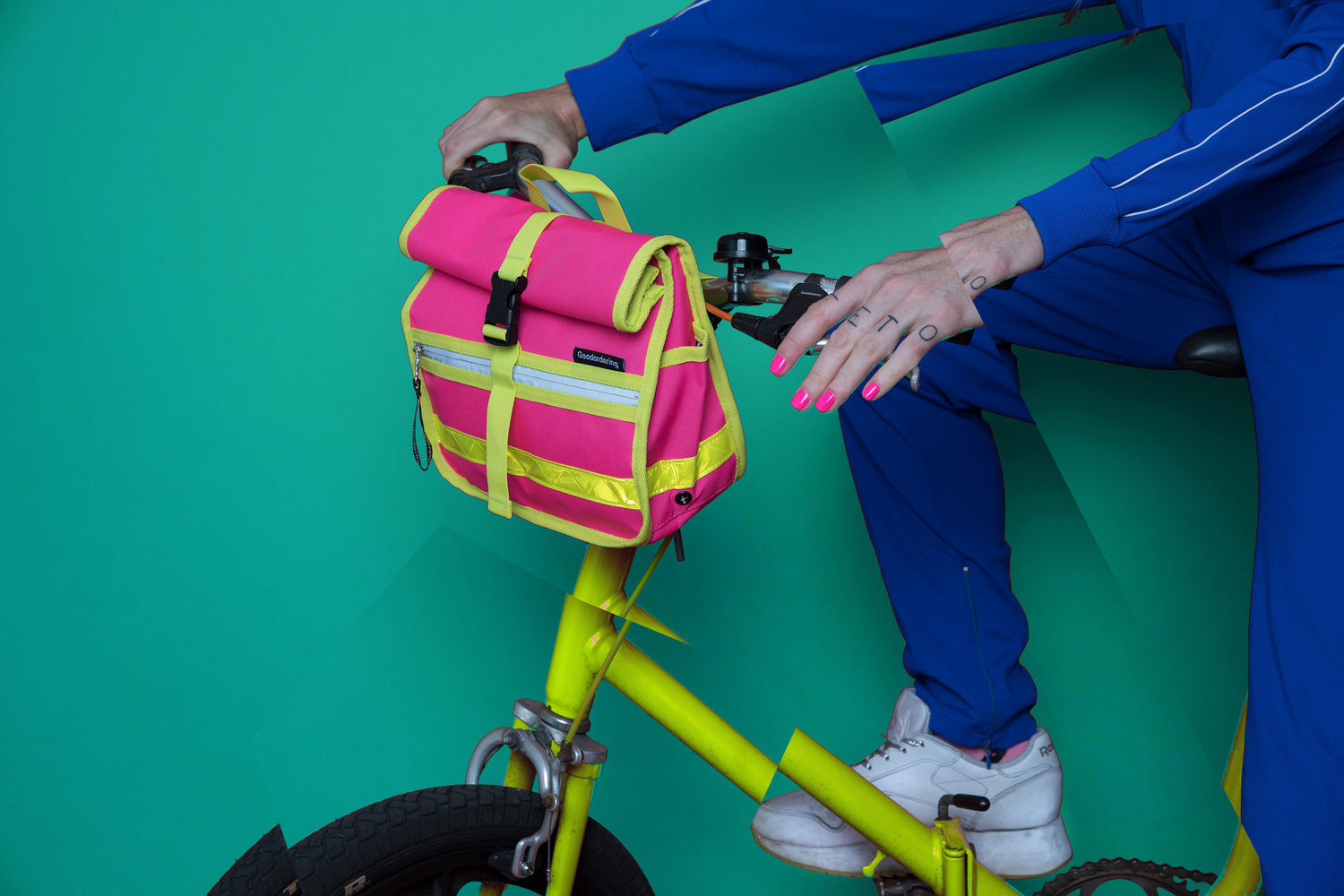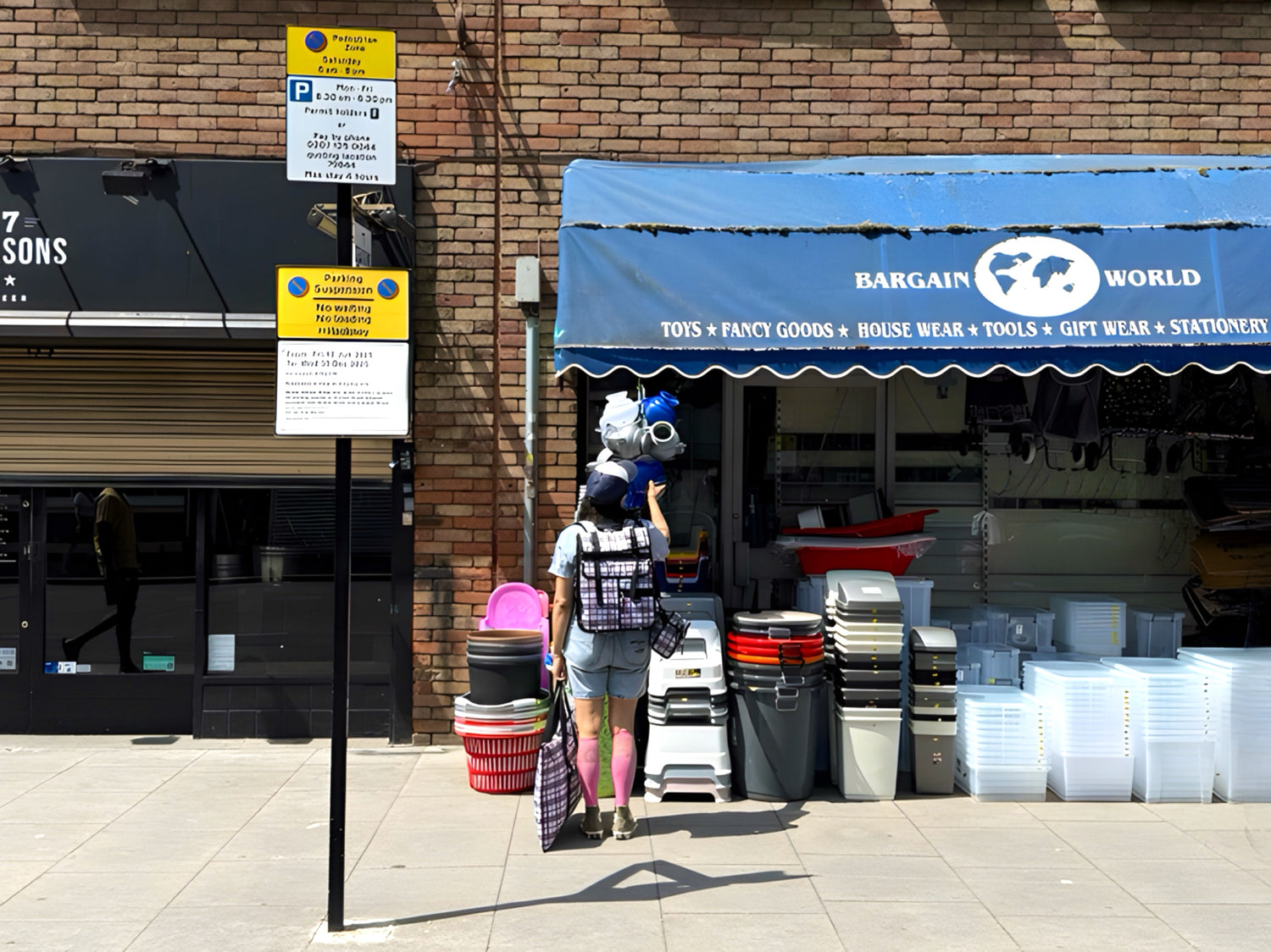If you’ve ever seen a photo of a Chinese worker pedaling a tricycle stacked three times his height with boxes, chickens, cardboard, or sometimes a full living room set, congratulations—you’ve witnessed one of the most iconic scenes in modern Asian history. The cargo bicycle, often humble and creaky, has long been the beast of burden in China’s fast-moving, ever-changing urban landscape. But how did we get here? Let’s shift gears and pedal through the fascinating history of cycling in China.

The Bicycle Revolution (Literally)
China's love affair with bicycles began in the early 20th century, when Western imports started rolling in. But things didn’t really pick up speed until the founding of the People’s Republic of China in 1949. Chairman Mao himself declared the bicycle a symbol of proletarian progress. By the 1960s, bikes weren’t just popular—they were practically required. Owning the "three must-haves" of the day included a sewing machine, a wristwatch, and yes, a Flying Pigeon bicycle.

Ah, the Flying Pigeon! This iconic Chinese brand, launched in 1950, became the Model T of bicycles. By the 1980s, there were around 500 million bicycles in China. That’s nearly one bike for every two people, earning China the nickname “Kingdom of Bicycles.” And among those bikes, a rougher, tougher cousin was gaining traction: the cargo bicycle.

The Rise of the Load Luggers
Enter the sanlunche (三轮车)—the three-wheeled cargo tricycle. Designed less for speed and more for strength, these steel-framed dinosaurs could haul upwards of 500 kilograms (over 1,100 lbs) of goods. And they often did. In a time when trucks were expensive and rare, and labor was cheap and abundant, these trikes became the go-to delivery vans for everything from noodles to refrigerators.

The sight of a wiry man pedaling uphill with a tower of cardboard so high it bends the laws of physics became not just common—but iconic. In Beijing, Shanghai, and every dusty village in between, these mobile mountains became symbols of resilience and resourcefulness. Why rent a truck when you can strap your whole fruit stall onto a trike?

A Cultural Phenomenon on Three Wheels
There's something uniquely Chinese—and more broadly Asian—about making the impossible look routine. In Vietnam, Thailand, and India, you’ll see similar cargo feats: an entire family on one moped, or 42 live chickens in a single crate. But China made it a national aesthetic.

Part of it comes from necessity. Space is at a premium, fuel is expensive, and many areas are too narrow for cars. But there’s also a cultural pride in maximizing utility. The cargo bike is not just transportation—it’s a lifestyle. It's a pop-up shop, a recycling service, a moving company, and, occasionally, a food cart.
Still Rolling Strong
While electric scooters and delivery drones buzz into the future, the cargo trike still rolls on. Today, you’ll find electric versions zipping through alleyways in Shanghai or pedal-powered ones creaking through remote mountain villages. In an age of high-tech logistics, there’s still nothing more reliable than a guy, a bike, and some rope.

So next time you see a cargo tricycle hauling ten mattresses, a dozen propane tanks, or what looks suspiciously like an entire kitchen, give a little nod of respect. It’s not just a bike. It’s history on wheels.

Carrying Cargo with Goodordering
I am not sure i would cycle around hackney with a palette of boxes or a coup of chickens, but we at Goodordering, do have some large bags that can help you carry around larger volumes or bigger items. Check out our classic blue and white double pannier which is really spacious and attaches to the bicycle by simply throwing it over your bicycle's pannier rack.
Check out this bag by clicking on the picture below.








